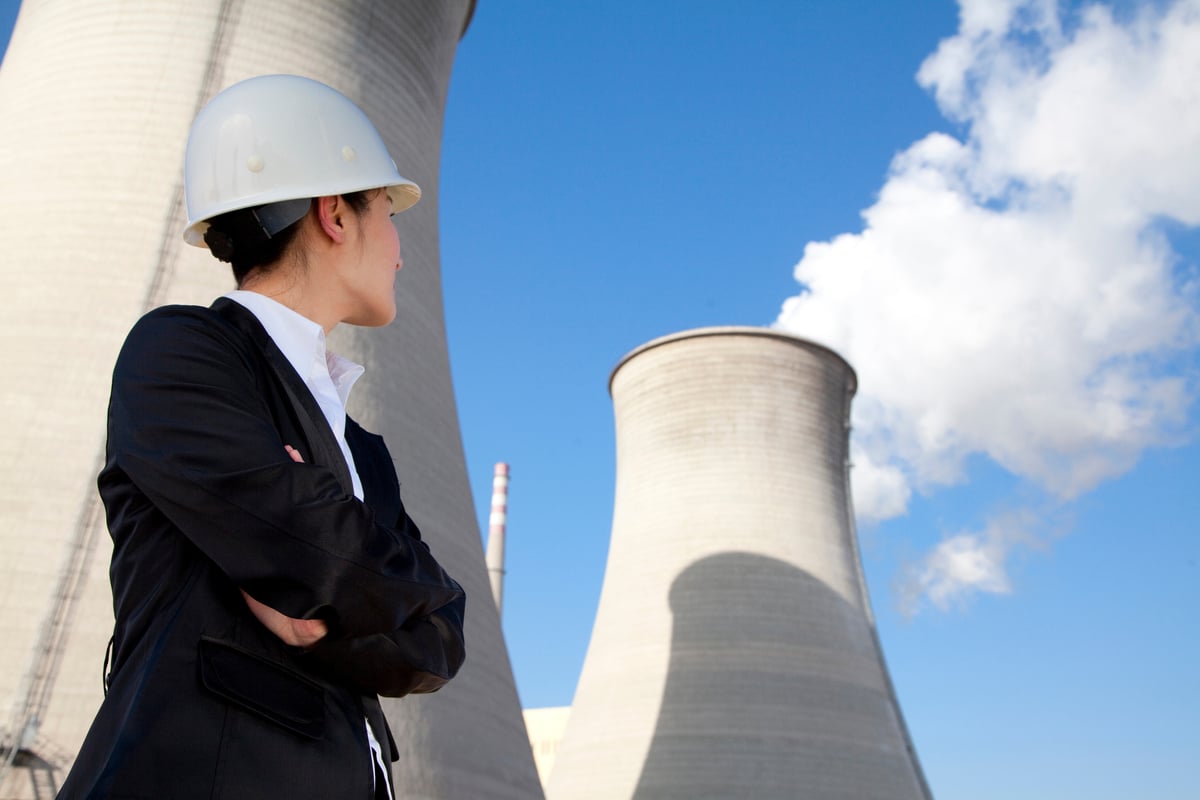CONSOL Energy (CNX +1.26%) sold five coal mines to Murray Energy in late 2013. Although that materially reduced the company's exposure to coal, it didn't eliminate it. And as 2014 gets under way, CONSOL Energy is looking for its BMX mine to spur coal growth. Rhino Resource Partners (RNO +0.00%) and Alliance Resource Partners (ARLP +1.93%) have similar plans.
Investing in the doldrums
Despite some positive developments on the domestic thermal coal front, coal remains out of favor. Natural gas is environmentally more desirable, and there's more coal supply than demand, leading to low prices. Many companies are closing mines. In fact, the market's been so bad, and the future is so questionable, that CONSOL Energy sold five of its coal mines so it could refocus around its natural gas assets.
But, it's important to remember what CONSOL sold—its most expensive and oldest mines. It kept its newer and lowest cost mines. One of those mines is BMX, which CEO Brett Harvey described as "the best investment in the coal business in the Eastern United States in the last 20 years" during the company's full-year 2013 conference call.
That mine should come on line in the first half of the year and start contributing to the top and bottom lines in 2014, with a spillover effect in 2015 when it will be open for a full year. And, once it's open, CONSOL's capital spending costs will go down on the coal side since it plans to switch to maintenance mode thereafter. But, at the end of the day, with BMX added to its remaining coal operations, CONSOL will have a solid side business in the coal space now that it's refocused on natural gas.
Not the only one
CONSOL isn't the only miner that's still investing. Alliance Resource Partners, the best performing coal company in the industry right now, is working on the Gibson South mine. Alliance just completed its 13th year of record results built on increased production out of its Illinois Basin (ILB) stronghold. With Gibson South set to come on line in the fourth quarter, it looks like coal volume growth for 2014, 2015, and 2016 is virtually assured.
Although 2014 won't see a big uptick from this mine, Alliance's other mines will provide most of the boost this year. But Gibson South is to produce between 3.0 and 3.5 million tons in 2015 and over five million tons in 2016. Despite the negative coal headlines, the ILB actually grew production 5% in 2013 according to the Energy Information Administration, and it looks like that trend is set to continue.
Rhino Resource Partners is another coal miner that's building a new mine in the ILB. The company's Pennyrile mine is expected to start producing coal in mid-2014 and has a contract for 800,000 tons of coal a year through 2020. Rhino expects the mine, its first in the ILB, to produce up to two million tons of coal a year when it's fully operational.
Opportunity or trap?
Of the three miners, Rhino is the smallest and its Pennyrile mine will likely have a much larger impact on its business than BMX at CONSOL or Gibson South at Alliance. However, that these three miners are still investing in coal is important evidence that the industry is far from dead. Such new mines are key to improving productivity and, thus, margins. That will be vital in an environment where natural gas is increasingly important in the energy space.
Of course that's why CONSOL is refocusing around gas and also why Rhino is starting to diversify into it. But the continued efforts of both on the coal front at the same time proves that coal is far from a dead-end trap. Instead of selling out in a panic, you'd be better off rethinking your coal exposure and perhaps switching to better situated companies. On that front, CONSOL and Rhino offer a mix of coal and gas growth, while Alliance continues to grow its presence in the best coal region in the United States.
Investing in the business is key for future growth





